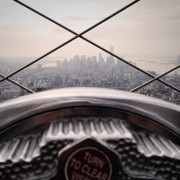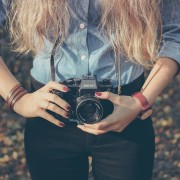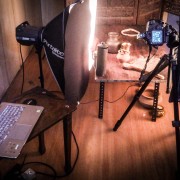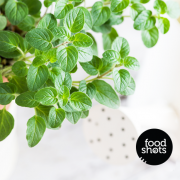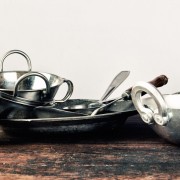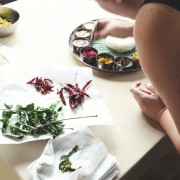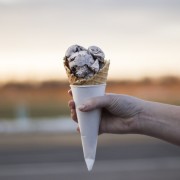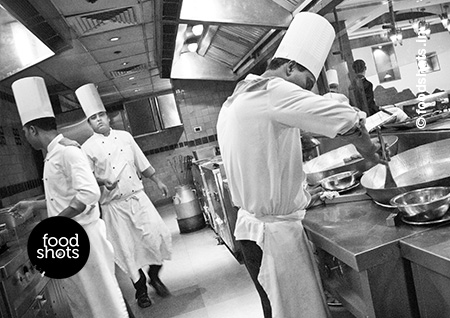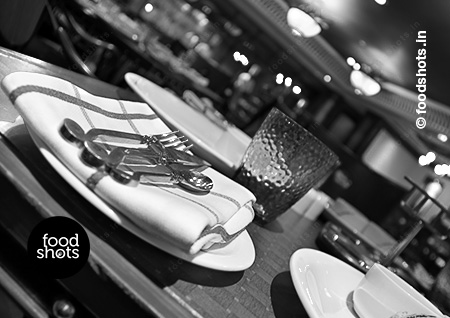8 awesome camera angles for perfect food photography
Close up – Close up angles give us assurance that the food is actually irresistible. Taking the camera quite close to the dish can indeed highlight the crisp texture, imperfections, and colors so well that the dish would appear far more appetizing. It will indeed add a more natural element to the appearance.
From Above – All that glitters upside is gold from inside. The camera is held above the dish and moved towards it till the dish is not entirely captured in the frame. If the composition has contrasting colors, the image will come out to be dashing and dynamic.
The tilt towards the right – What if the dish greets the viewer. For that, you simply need to tilt the camera towards the right. Using this angle will also help in highlighting the visually better or more important side.
In the air – Let the food view amaze the viewers. If you can manage to create a shadow-free and single-colored background, you can also have the privilege of shooting from crazy angles. It will certainly make the dish more attractive as if it is flying.
In the middle – Let’s go modern. The camera largely focuses on the object as the center. Such kind of shot would give rise to a contemporary look. It is very much trending.
Parallel with a line – Imagination combined with intelligence delivers amazing work. Use your senses. Observe any line formed on the object, keep the camera parallel to it. It shall sum up to a very celebratory picture, stressing vividly on the certain portion of the food product.
Slight tilt – A Human mind is thought to begin observation from the right direction. Apply some logic. A slight tilt of the camera towards the right would logically prompt the viewer to read the photograph the way you want them to.

